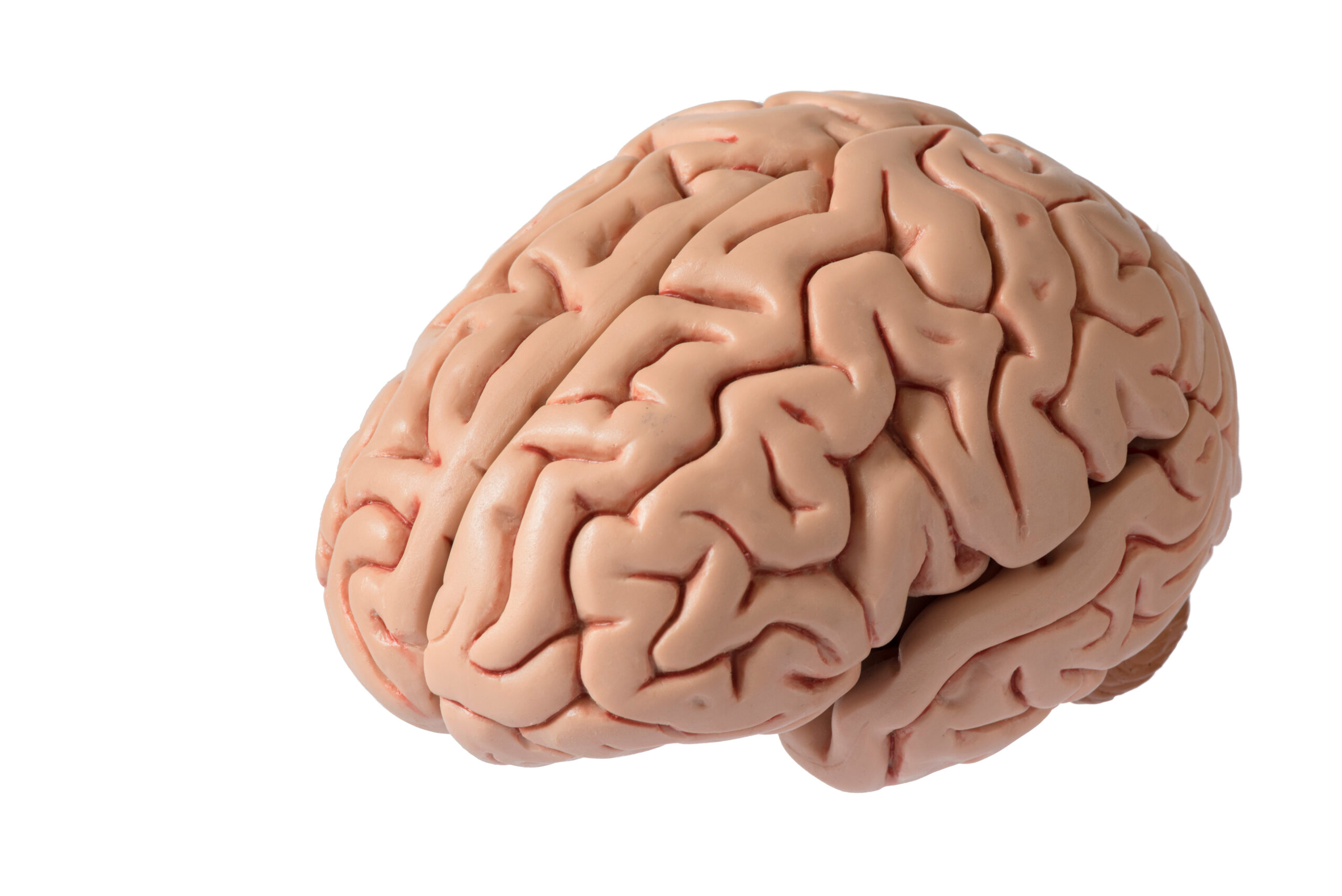How Your Love of Doodling Margins Strengthens Creative Neural Pathways
### How Your Love of Doodling Margins Strengthens Creative Neural Pathways
In today’s fast-paced world, it’s easy to get caught up in the hustle and bustle of daily life. But what if you could find a simple way to boost your mental well-being and creativity? The answer might be as simple as doodling in the margins of your notebook.
### The Science Behind Creativity
When you engage in creative activities like doodling, your brain does something amazing. It starts to make new connections between different parts of your brain. This process is called neural plasticity, and it’s essential for learning and memory. Research shows that creative expression releases dopamine, which is like a feel-good chemical in your brain. At the same time, it reduces cortisol, the stress hormone that can make you feel anxious and overwhelmed[1].
### The Benefits of Doodling
Doodling, even if it’s just simple lines or shapes, can have a significant impact on your mental health. Here are some of the benefits:
– **Reduces Stress**: Doodling can help clear your mind and reduce stress levels. Even just five minutes of mindless doodling can make a difference[1].
– **Improves Emotional Regulation**: By engaging in creative activities, you can better manage your emotions. This is because doodling activates areas of the brain involved in emotional regulation and sensory processing[2].
– **Boosts Creativity**: The more you doodle, the more your brain gets used to making those creative connections. This can lead to improved problem-solving skills and enhanced imagination[1].
### How Doodling Works
So, how exactly does doodling work to strengthen your creative neural pathways? Here’s a simple explanation:
1. **Activates Reward Pathways**: When you doodle, your brain releases dopamine, which is associated with pleasure and motivation. This makes the activity enjoyable and encourages you to continue[2].
2. **Engages Multiple Brain Areas**: Doodling involves different parts of your brain, including areas responsible for facial recognition, visual associations, and emotional regulation. This multi-tasking helps keep your brain active and engaged[2].
3. **Reduces Distractions**: Unlike digital tools, paper and pencil don’t have distractions like social media or notifications. This allows you to focus fully on the task at hand, which is essential for deep learning and creativity[4].
### Making Doodling a Habit
Incorporating doodling into your daily routine is easier than you think. Here are some tips to get you started:
1. **Start Small**: Begin with just a few minutes each day. You can doodle during your lunch break, while waiting in line, or even during your morning coffee[1].
2. **Combine with Daily Activities**: Attach doodling to something you already do daily, like having your morning coffee or commuting to work. This is called “creativity stacking,” and it helps make creativity fit into your busy schedule[1].
3. **Be Mindful**: Focus on the process, not the outcome. Notice how the pencil feels against the paper, how colors blend together, or how clay molds between your fingers. This mindful approach turns simple doodling into a powerful stress-relief tool[1].
### Conclusion
Doodling in the margins of your notebook is more than just a fun activity; it’s a way to strengthen your creative neural pathways. By engaging in this simple form of creativity, you can reduce stress, improve emotional regulation, and boost your overall well-being. So next time you find yourself with a few spare minutes, grab a pen and paper and start doodling. Your brain will thank you





